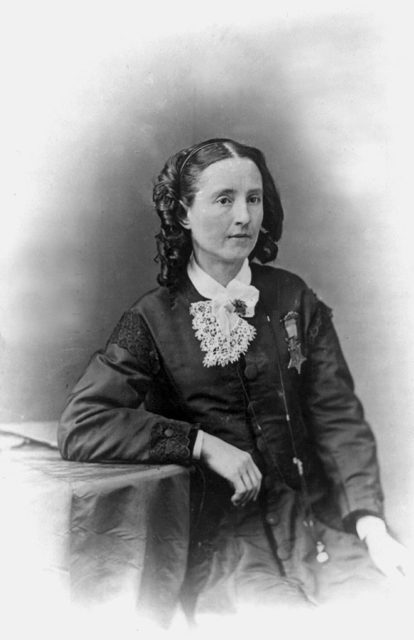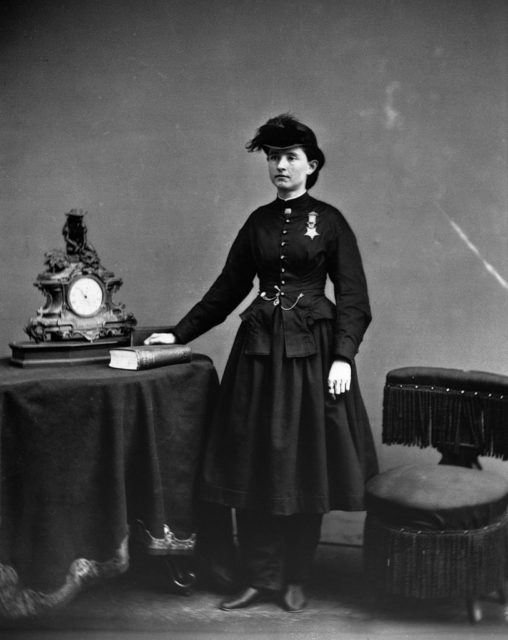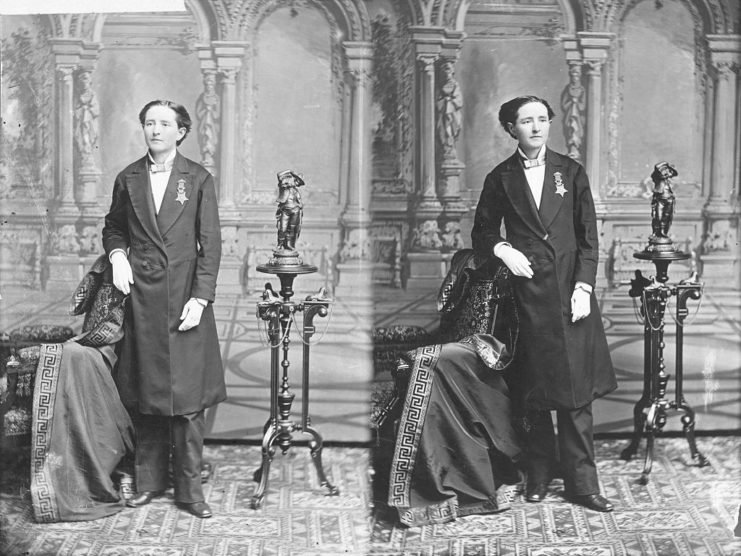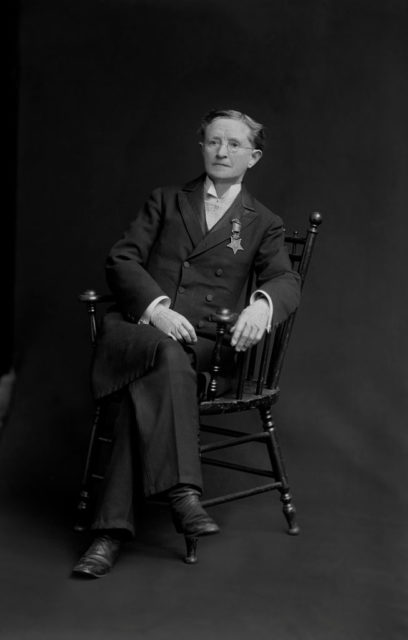At present, roughly one-third of physicians in the United States are women, and females make up about 14 percent of the nation’s active-duty military personnel. Such numbers reflect a dramatic change from the world Mary Edwards Walker was born into. Entering life in 1832, Walker shattered conventions by becoming the first woman to serve as a surgeon in the US Army. Her courage and dedication earned her the Medal of Honor, the country’s highest award for valor.
This is the story of her remarkable journey.
Mary Edwards Walker’s upbringing
Mary Edwards Walker was born to forward-thinking, abolitionist parents. Raised in Oswego, New York, her parents encouraged her to reject societal norms. She didn’t dress in traditionally feminine clothing, leading to problems. Biographer Sharon Harris said of Walker’s childhood, “Boys chased her and threw rocks at her. She once said that nobody would ever know what she had to go through just to step out the door each morning.”

Walker’s parents encouraged her to get the same first-rate education as her brothers. Her elementary schooling was done at a free public schoolhouse they’d founded. She then attended Falley Seminary, which didn’t only promote higher learning, but emphasized modern social reforms and a changing attitude when it came to gender norms.
Walker’s time at Falley Seminary impacted her greatly.
Walker’s medical career
In the mid-19th century, it was rare for women to pursue careers as doctors. The challenges were immense, particularly in obtaining the necessary training to qualify as a physician. Despite these obstacles, Walker remained resolute. She enrolled at Syracuse Medical School in New York and graduated with honors in 1855. While studying there, she met Albert Miller, a fellow student, and the two married.

Walker’s choice of attire during her school years remained unconventional, often surprising her female peers and patients. When she married Miller, she chose to wear a full suit and top hat instead of a traditional wedding dress.
Following the beliefs of her parents, she advocated for dressing based on health considerations rather than vanity. In 1871 she wrote, “The greatest sorrows from which women suffer today are those physical, moral, and mental ones, that are caused by their unhygienic manner of dressing.”
American Civil War
When the American Civil War broke out, Walker was eager to serve her country. By the time war broke out, she’d kept a private practice for a number of years. She volunteered for the Union Army as a surgeon and was initially rejected. She was instead offered a position as a nurse, which she accepted, though she eventually served as a surgeon.

In 1862, Walker offered her services as a spy, but was rebuffed. A year later, she became the first female to ever serve in the Army as a surgeon. In 1864, she was captured and arrested by the Confederate Army, after helping a Confederate doctor perform an amputation. Walker was held in captivity for four months, until she was exchanged for a Confederate surgeon.
Medal of Honor controversy
After the war ended, Walker devoted herself to writing and public speaking, using her platform to promote both medical reform and women’s rights. For her own service, she was granted a modest disability pension of $8.50 per month, which was eventually raised to $20.

In 1916, Congress established a pension program for Medal of Honor recipients, which prompted a review of past awardees. As a result, 911 names were struck from the official list, largely because the individuals had never been formally enlisted or commissioned as officers. Among those whose medals were revoked was Mary Edwards Walker.
Decades later, during the administration of President Jimmy Carter in the 1970s, the decision was reversed, and Walker’s Medal of Honor was rightfully reinstated.
Mary Edwards Walker’s legacy
Mary Edwards Walker left her mark on the country in a variety of ways. While they struggled to earn respect, women served as doctors during World War I. Over time, women began to serve in the military, not just as nurses and doctors, but as soldiers, too.

Walker was inducted into the Women’s Hall of Fame in 2000. A World War II-era ship, the SS Mary Walker, was named in her honor. A number of medical and military buildings are also named for her. In 2009, Hillary and Chelsea Clinton featured her story in The Book of Gutsy Women: Favorite Stories of Courage and Resilience.
